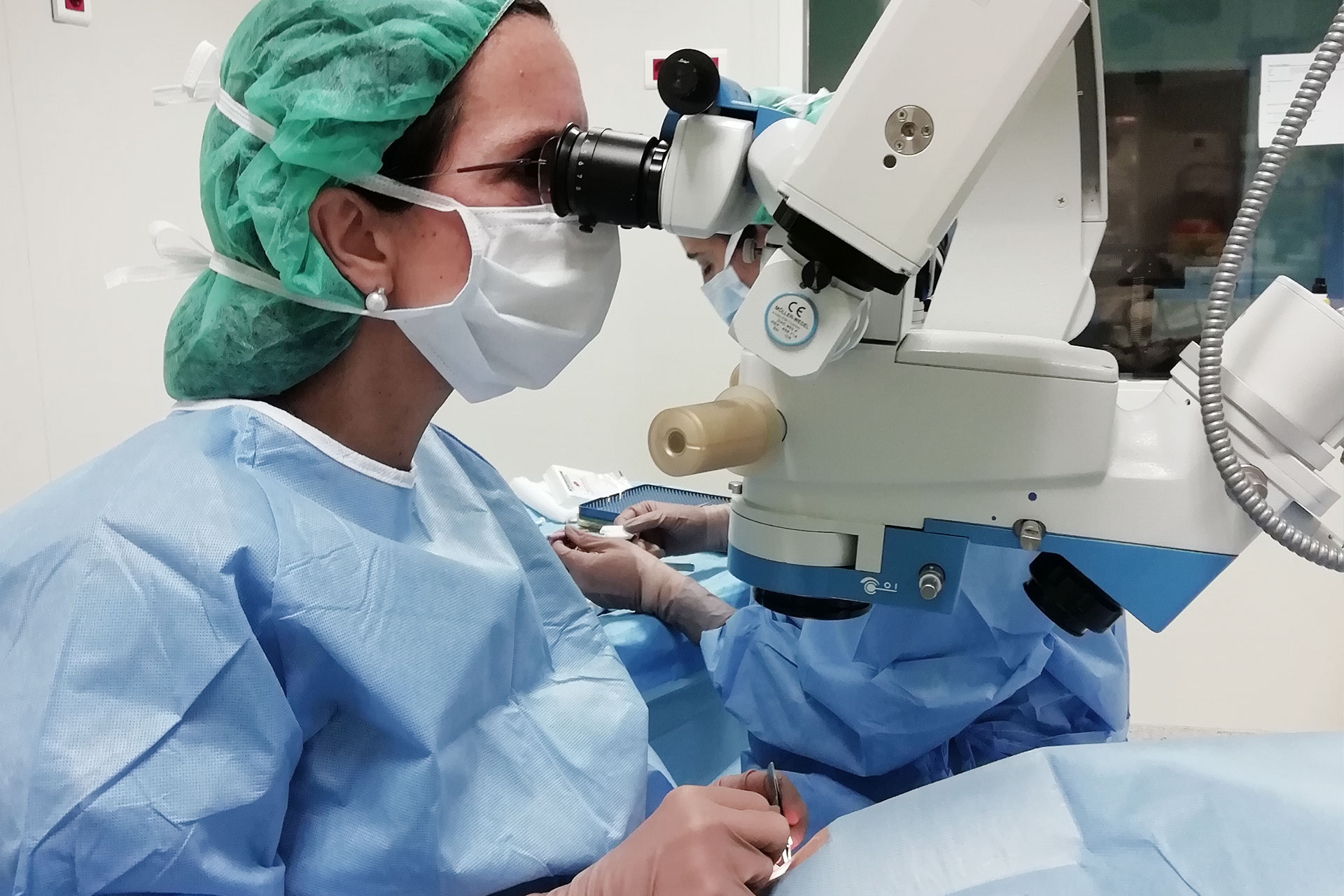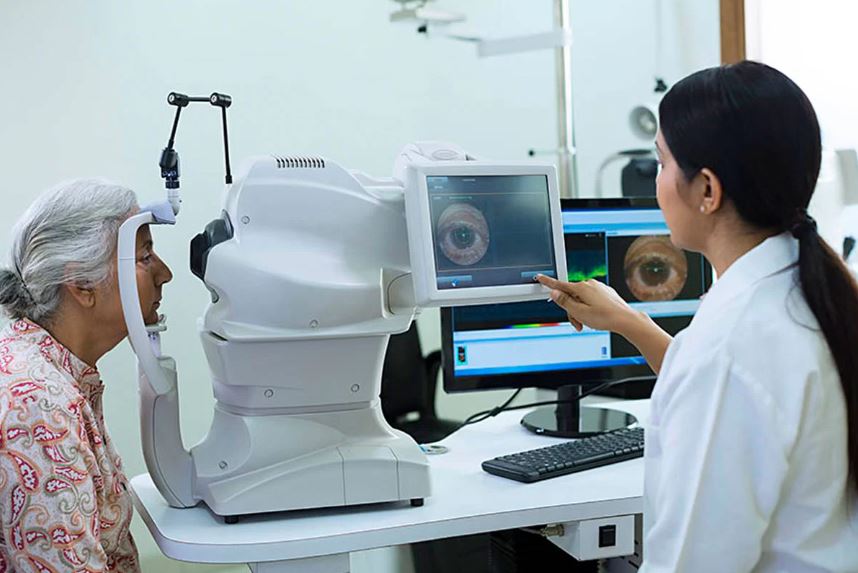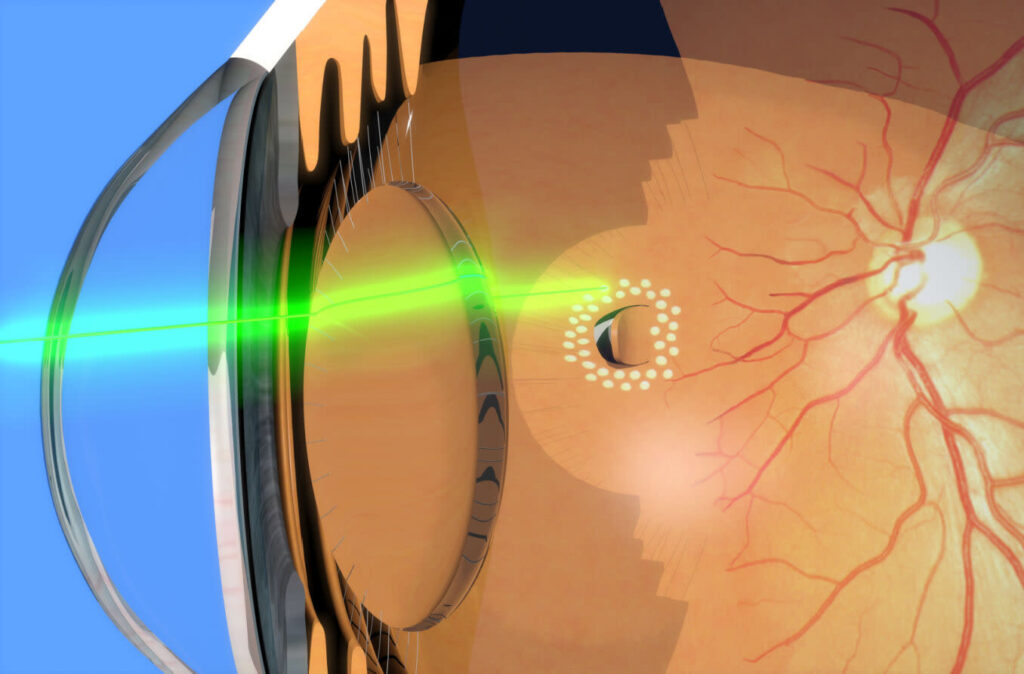Understanding retinal detachment: A comprehensive overview
Retinal detachment is a serious eye condition where the retina, the light-sensitive tissue at the back of the eye, pulls away from its normal position. This can lead to severe vision loss and, if not treated promptly, may result in permanent blindness. It’s crucial to understand the nature of this condition to recognise its signs early.
In essence, there are various reasons why the retina may detach, including physical trauma, medical conditions, or simply due to aging. Understanding these nuances can play a significant role in prevention and early intervention.
What is retinal detachment?
Retinal detachment occurs when the retina separates from the layer of blood vessels that supply it with oxygen and nutrients. This separation can be complete or partial and is classified into three types: rhegmatogenous, tractional, and exudative. Rhegmatogenous is the most common and happens due to a tear in the retina, while tractional detachment is caused by scar tissue pulling the retina away. Exudative detachment, on the other hand, occurs when fluid builds up beneath the retina without a tear.
The landscape of retinal detachment treatments is constantly evolving, with research and innovation driving the development of newer techniques. This optimism offers hope to those at risk of or currently experiencing retinal detachment.
Regardless of the type, all forms of retinal detachment pose a significant threat to vision, making it essential for individuals to be aware of their eye health.

Causes and risk factors for retinal detachment
Several factors can increase the risk of developing retinal detachment. Age is a significant factor, with individuals over 50 being more susceptible. Other causes may include myopia (nearsightedness), previous eye injuries, and a family history of retinal detachment. Additionally, conditions such as diabetic retinopathy can significantly heighten this risk.
Understanding these risk factors is essential for those at higher risk to adopt preventive measures and seek medical advice if they notice any concerning symptoms.
Symptoms and early detection of retinal detachment
Recognising the symptoms of retinal detachment is crucial for timely treatment. Symptoms may include sudden flashes of light, floaters in the vision, or a shadow over the visual field. Many individuals report a curtain-like effect covering part of their vision.
Early detection can vastly improve treatment outcomes, so if you experience any of these symptoms, it’s advisable to seek immediate professional help. Many conditions can mimic these symptoms, but only a qualified eye specialist can provide an accurate diagnosis.
The importance of timely intervention in retinal detachment
When it comes to retinal detachment, time is of the essence. The significance of prompt diagnosis and treatment cannot be overstated. Early intervention often leads to a better prognosis and a higher likelihood of restoring vision.
Delayed treatment can result in irreversible damage to the retina and potential loss of vision. Understanding the importance of acting quickly can encourage individuals to prioritise their eye health.
Click here to find about retinal eye.
Consequences of delayed treatment
The consequences of postponing treatment for retinal detachment can be grave. If left untreated, a detached retina can lead to significant vision loss or even permanent blindness. The longer the retina remains detached, the more difficult it becomes to restore vision, and in some cases, it may be impossible. Therefore, recognising the urgency of medical attention in response to symptoms is vital.
Moreover, ongoing detachment can lead to complications, such as the formation of scar tissue, which can further complicate surgical interventions. Hence, timely intervention is critical. Find more about complications on https://www.cancer.gov/publications/dictionaries/cancer-terms/def/complication
The role of regular eye check-ups
Routine eye examinations are invaluable in preventing issues like retinal detachment. Regular check-ups allow for early detection of risk factors and underlying conditions that could predispose individuals to retinal issues.
Optometrists can identify changes in the retina and advise on preventative strategies, thus ensuring that any potential threats to vision are taken seriously and addressed promptly. Individuals should prioritise regular visits to eye care professionals, particularly if they fall within high-risk groups.
Modern treatments for retinal detachment
Fortunately, advancements in medical technology have brought about effective treatment options for retinal detachment. These treatments vary based on the type and severity of the detachment.
Hopefully, ongoing research and innovation in this area will continue to improve outcomes for patients experiencing this serious condition.
Surgical procedures for retinal detachment
Surgical intervention is often the primary treatment for retinal detachment. Procedures like scleral buckling, vitrectomy, and pneumatic retinopexy are commonly employed based on the specifics of each case. Scleral buckling involves placing a silicone band around the eye, which helps to push the retina back into its proper position. Vitrectomy, however, entails the removal of the vitreous gel that may be pulling on the retina.
These surgical options generally have high success rates, especially when performed soon after diagnosis. Post-operative follow-up is critical to monitor recovery and prevent any recurrence of the detachment.
Non-surgical treatments and their effectiveness
In specific cases, non-surgical treatments may be considered, particularly in instances where surgery poses considerable risk or the detachment is mild. Options may include laser therapy or cryotherapy, which aim to seal tears and prevent further detachment. To learn more about mild click here.
While not always a substitute for surgical intervention, these treatments may help stabilise the condition or prepare the patient for impending surgery. Each situation is unique, and an eye specialist will determine the most suitable approach.
Post-treatment care and recovery
After successful treatment for retinal detachment, understanding the recovery process is crucial for optimising outcomes and ensuring the best chance of regaining vision. The recovery phase can vary significantly from patient to patient.
Following instructions from healthcare professionals is essential during this time, as well as attending all follow-up appointments.

What to expect after retinal detachment surgery
After surgery, patients might experience fluctuations in vision and some discomfort. It is common for blurriness and other vision changes to occur as the eye heals. Patients should be vigilant for any signs of complications, such as increased pain, redness, or new flashes and floaters.
Being cautious and following post-operative guidelines closely can significantly affect recovery, making it crucial for patients to engage actively in their healing journey.
Tips for a smooth recovery and prevention of recurrence
To ensure a smooth recovery, patients are advised to avoid strenuous activities and heavy lifting for a specified duration. Putting stress on the eyes can lead to complications. Staying attended to eye care and following doctor’s advice about medication and follow-up appointments will also aid recovery.
Additionally, adopting a healthy lifestyle, including a well-balanced diet rich in antioxidants and regular exercise, can contribute to overall eye health and help reduce the risk of recurrence.
The future of retinal detachment treatments
As technology advances, so too does the potential for improved diagnostics and treatment options.
Advances in retinal detachment surgery
With every passing year, advances in surgical techniques significantly enhance outcomes. Techniques are becoming less invasive, and the use of automation and robotics in surgery is on the rise. These innovations promise to improve precision and recovery times, making surgery less daunting for patients.
Surgeons are continually adapting and refining their methods, which contributes to better success rates and lower complication risks.
Emerging treatments and research in retinal health
Alongside surgical innovations, research into emerging treatments, such as gene therapy and regenerative medicine, is being actively pursued. These cutting-edge strategies aim to not only serve as treatment options but also enhance retinal health in anticipation of detachment.
Collaboration between researchers and clinicians is fostering an environment of rapid growth in the field of ocular health, ensuring that the future of retinal detachment treatments remains bright.








